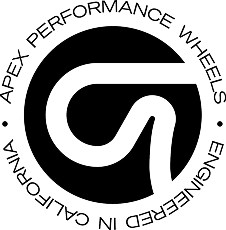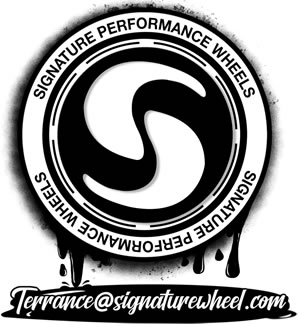I agree with the slow statement.
When car companies send out customer satisfaction surveys, customers always respond that they'd like more legroom and trunk space. The problem is, the context of the question isn't, are you willing to buy a new car that weighs 10-15% more and costs 30-50% more to get that additional space while retaining the handling characteristics?
You only have to look at BMW, Audi, or Mini to see this problem is endemic. The BMW M3 grew from 2568 lbs (1st gen, E30) to 3131 lbs (E36) to 3461 lbs (E46) in only 9 years. Today's 6th gen (G80/G81) weighs 4112 lbs, more than a 4th gen M5, and instead of disciplining themselves, BMW introduced new models (M2 and M4) to fill the performance niche. With so many models to design, engineering gets stretched thin, objectives become unclear, and marketing gets involved, insisting that lower-priced cars can't outcompete higher-priced cars. Companies start making bad decisions to "stratify" the lineup.
GM is no different. The reason why the ATS-V and CT4-V BW exist is because the CTS-V grew out of control in cost, size, and weight. The ATS-V and the CT4-V BW are inherently faster than the CTS-V and CT5-V BW. The fact that GM needed to tune the ATS-V and CT4-V BW to be slower (see track times below) and downscale the interior to feel cheaper speaks to the problem the car industry has in controlling their own worst tendencies and interpreting customer feedback.
Compared to a FBO CTS-V1 (2004-2007), the stock M6 ATS-V and CT4-V BW are slower both in acceleration and lap times. A 20 year old car should not be competitive with a new car. And it's not, once you remove the artificial handicap. The ATS-V and CT4-V require almost no work (fuel mods) to get up to power levels where the CTS-V1 and CTS-V2 need forged bottom ends (and a bunch of other stuff) to compete.
People can debate the exact numbers, but in 2005-2010 you weren't even interesting unless you were making 700 RWHP. It used to be an achievement to crack 1000 RWHP. Now people don't blink at 1500 RWHP--they're only interested in whether you can handle and sustain that power. Unless you're buying a $250k car, OEM numbers are just what you get from the factory. You should be buying into this platform for its growth capability.
Laguna Seca Laptimes (stock):
- CTS-V1: 1:53.00
- CTS-V2: 1:43.90
- CTS-V3: 1:38.52
- ATS-V: 1:39.65
- CT4-V BW: N/A
- CT5-V BW: N/A
Willow Springs (stock):
- CTS-V1: 1:29.20*
- CTS-V2: 1:30.32 (Randy Pobst)
- CTS-V3: 1:29.69
- ATS-V: 1:31.43 (Randy Pobst)
- CT4-V BW: N/A
- CT5-V BW: 1:28.07 (Randy Pobst)
Virginia International Raceway (VIR) Grand East Course (stock):
- CTS-V1: N/A
- CTS-V2: 3:04.00 (C&D)
- CTS-V3: 2:56.80 (C&D)
- ATS-V: 2:59.20 (C&D)
- CT4-V BW: 2:54.60 (C&D)
- CT5-V BW: 2:49.40 (C&D)
Nurburgring (stock):
- CTS-V1: 8:19.XX (John Heinricy)
- CTS-V2: 7:59.32 (John Heinricy)
- CTS-V3: tested, not published by GM**
- ATS-V: tested, not published by GM
- CT4-V BW: tested, not published by GM***
- CT5-V BW: tested, not published by GM
*I question this number. It was added 16 years ago by Hagerty, but it doesn't seem possible or in alignment with the other delta lap times.
**From Slamking18 on CF: "I asked Tony Roma this when I was at the COTA V-Lab and he said that they were asked not to release any times since the Nurburgring recently got all that press about the accidents that occurred and were doing a lot of repairs to the course. He mentioned that he was hoping they could release the times in the next couple of months but did tell us that the ATS-V did considerably better than the 2nd gen CTS-V and the 3rd gen CTS-V did even better than that..."
***If GM didn't publish it, it's not a competitive time and GM feels defensive about it. The 2020 M5 CS did 7:29. The 2022 M4 CSL did 7:18. That indicates that all four cars landed between 7:30-7:50.
Would be interesting to see a max-effort V1, V2, V3, Blackwing time attack at VIR to see how far we've come.






